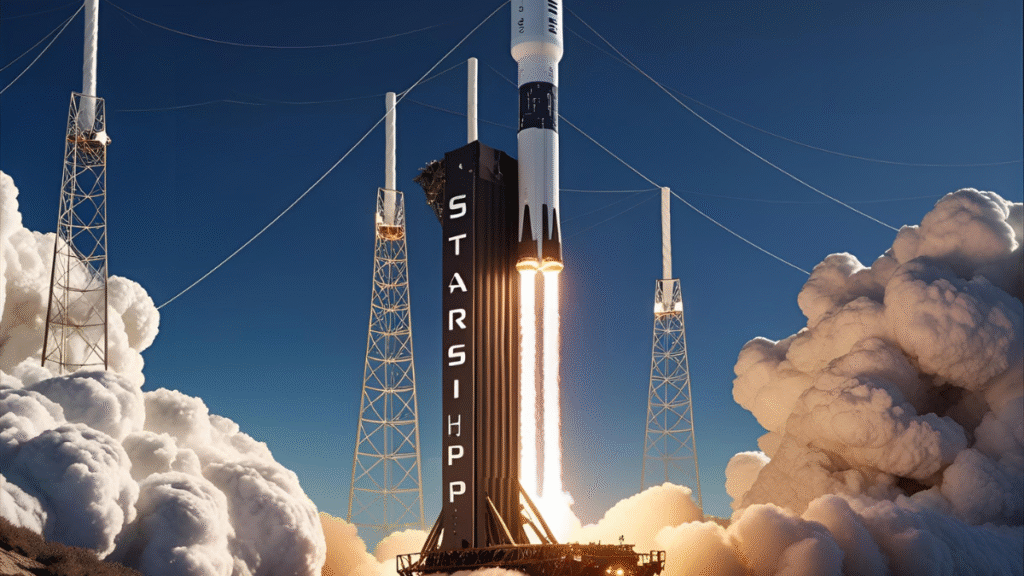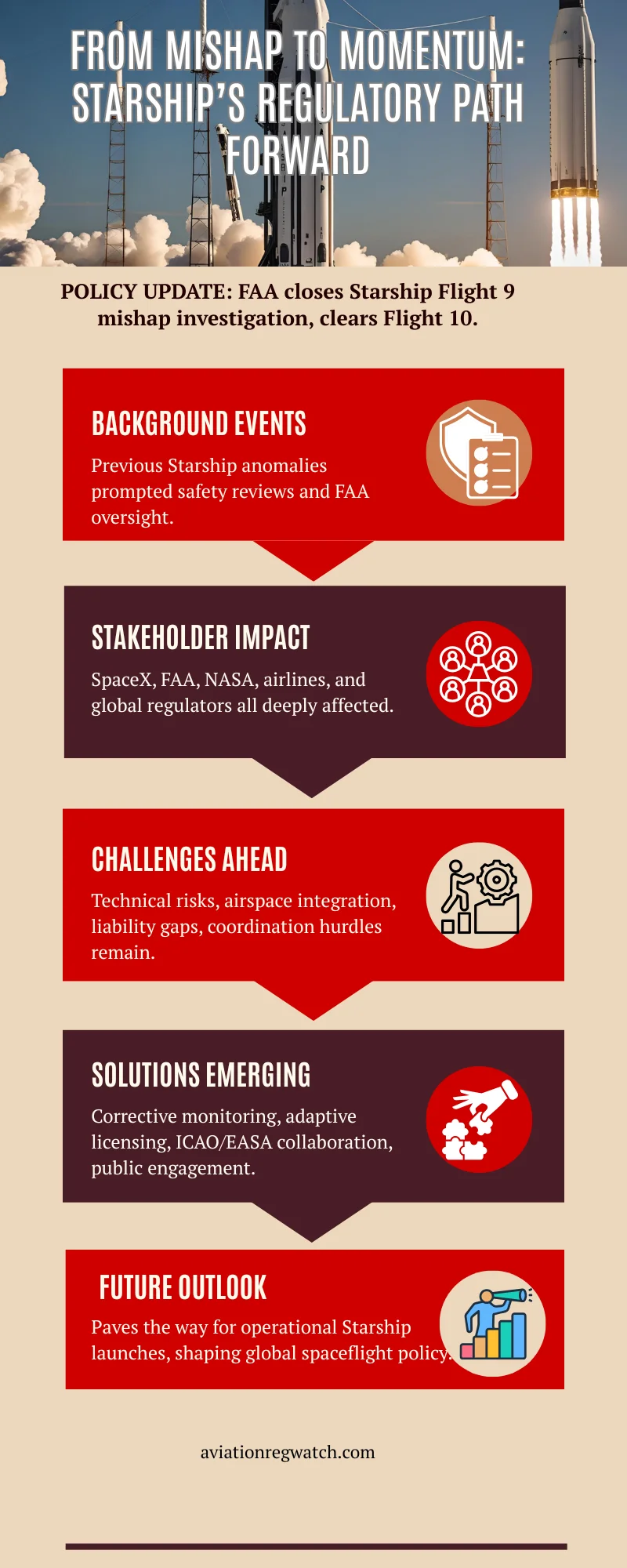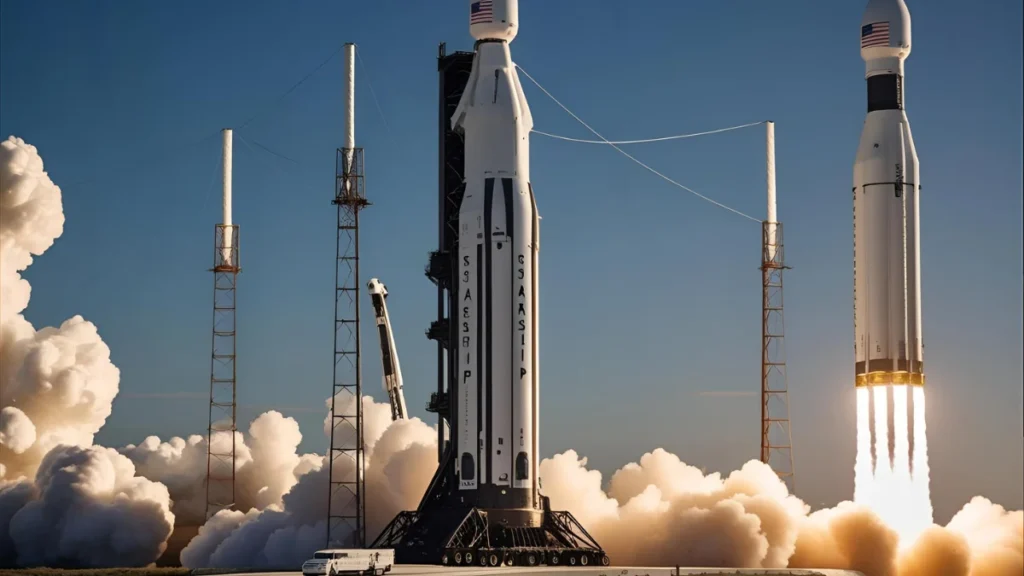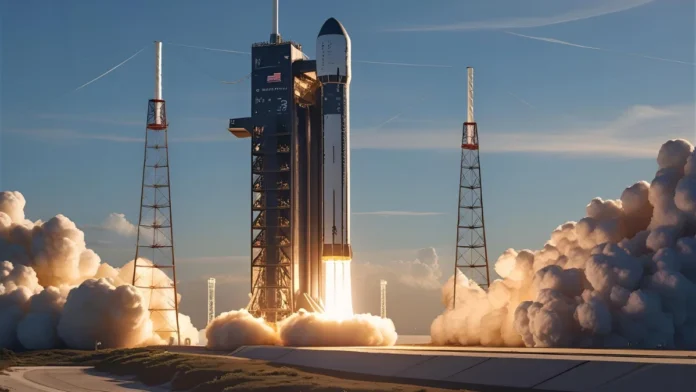FAA closes SpaceX Starship Flight 9 mishap investigation, clearing Flight 10 to proceed under evolving commercial spaceflight regulation.
Update on SpaceX Starship Flight 9 Mishap Investigation: Executive Summary
- FAA has officially closed its investigation into SpaceX’s Starship Flight 9 mishap.
- The closure clears regulatory hurdles for Starship Flight 10 to proceed.
- Decision underscores FAA’s evolving oversight of commercial spaceflight safety.
- Industry stakeholders see both opportunities and challenges in balancing innovation with regulation.
- Long-term implications include shaping global standards for next-generation launch vehicles.
Introduction
On August 15, 2025, the Federal Aviation Administration (FAA) announced the closure of its investigation into the SpaceX Starship Flight 9 mishap, a milestone that clears the path for Flight 10 to proceed.
While the news resonates most strongly in the spaceflight community, its implications stretch far beyond one company.
It reflects the FAA’s increasingly pivotal role in shaping the future of commercial space operations—where aviation policy, aerospace safety, and regulatory frameworks converge.
Policy Overview
Issuing Authority: Federal Aviation Administration (FAA), Office of Commercial Space Transportation
Policy Update: Closure of the mishap investigation into Starship Flight 9
Key Outcome: Authorization for Flight 10 to move forward, pending standard licensing and compliance conditions.
The FAA’s role is not to dictate how companies design spacecraft, but to ensure compliance with federal safety and environmental regulations. By closing the Flight 9 case, the agency signals that corrective measures have been addressed sufficiently for operations to continue.
Background & Context

Starship, SpaceX’s fully reusable heavy-lift launch system, represents the most ambitious commercial spacecraft ever attempted. Flight 9, launched earlier this year, encountered technical anomalies that triggered a mandatory FAA mishap investigation.
This is not the first such probe: earlier Starship flights also faced setbacks, leading to iterative redesigns and updated safety measures. Globally, oversight bodies such as the European Union Aviation Safety Agency (EASA) and International Civil Aviation Organization (ICAO) are watching closely, as reusable launch systems blur traditional lines between aviation and space operations.
SpaceX Flight 10 approval: Stakeholders & Affected Parties
- SpaceX: Gains clearance to continue its Starship test program, critical for future Mars and Moon missions.
- FAA: Reinforces its credibility as the U.S. regulator for commercial spaceflight.
- NASA & DoD: Depend on Starship for potential Artemis and national security missions.
- Airlines & Aerospace Industry: Indirectly impacted as airspace integration challenges grow.
- Global Regulators (EASA, ICAO, DGCA equivalents): Monitoring for best practices and precedent-setting frameworks.
Starship Policy: Industry & Expert Reactions
Initial industry response is cautiously optimistic:
- Advocates hail the FAA’s measured approach, balancing innovation with public safety.
- Critics caution that investigations closing too quickly could erode trust if future mishaps occur.
- Policy experts argue that ICAO and IATA will eventually need to collaborate with space regulators to align orbital launch oversight with global air traffic management.
Implementation Challenges & Risks
- Technical: Starship remains experimental, with risks of further anomalies.
- Legal: Liability frameworks for spaceflight mishaps are still evolving.
- Operational: Launch windows must be coordinated with civil aviation, complicating scheduling.
- Global Coordination: No unified international standard exists for commercial spaceflight regulation.
Solutions & Best Practices
- FAA’s corrective action monitoring ensures technical lessons translate into safer launches.
- EASA and ICAO could work toward harmonized cross-border standards.
- Industry collaboration, including data-sharing on anomalies, is vital.
- Stronger public engagement could mitigate political backlash in case of accidents.
Starship Mishap Investigation: Future Outlook
- For SpaceX: Each cleared flight milestone brings Starship closer to operational service.
- For FAA: Expect heightened scrutiny and potential expansion of regulatory mandates.
- For Industry: Integration of spaceflight into civil airspace will demand joint protocols with airlines.
- For Global Policy: Anticipate ICAO-driven discussions on orbital launch safety corridors.
Suggestions for Policy Amendments
- Codify International Standards: FAA should coordinate with ICAO/EASA to avoid fragmented oversight.
- Transparent Investigation Summaries: Publicly accessible lessons-learned reports would boost trust.
- Adaptive Licensing: Phased authorizations tied to demonstrated risk reduction.
- Environmental Oversight: Stronger policies to evaluate emissions and impacts from mega-launches.
Conclusion

The Federal Aviation Administration’s (FAA) recent decision to conclude the investigation into Flight 9’s mishap and to permit the continuation of Flight 10 signifies much more than just routine regulatory maintenance; it marks a pivotal moment in the evolution of aviation policy as it begins to embrace the burgeoning realm of space travel.
For the aerospace industry, this ruling serves as a vital green light, unlocking the potential for further innovation and experimentation in the field. Meanwhile, for policymakers, it acts as a crucial reminder that regulatory oversight must evolve and adapt in tandem with the soaring ambition of space exploration.
This delicate balance between encouraging bold advancements and ensuring safety and accountability will not only shape the future trajectory of the Starship program but also significantly influence the broader landscape of human access to space for generations to come.
FAQ

1. Why does the FAA investigate spacecraft mishaps?
To ensure compliance with safety and environmental regulations and to mitigate risks to public safety.
2. Does this mean Starship is now fully certified for operations?
No. Each flight still requires a launch license; certification for routine missions is separate.
3. How are airliners affected by Starship launches?
Temporary airspace closures during launches can disrupt commercial flights.
4. What role do global regulators play in U.S. launches?
They monitor, coordinate, and sometimes adapt policies in response to U.S. precedents.
5. Could the investigation’s closure be reversed?
Only if new evidence emerges; otherwise, Flight 9 is considered resolved.
Lost Planet (Starship of the Ancients Book 2): A Space Opera Adventure Kindle Edition
- By A.K. DuBoff (Author) Format: Kindle Edition
- 4.4 out of 5 stars (1,148)
- 4.4 on Goodreads
- 601 ratings
- Book 2 of 4: Starship of the Ancients
- See all formats and editions
This post uses Amazon affiliate links. I may earn a small commission if you buy through them, at no extra cost to you.
Last update on 2025-08-18 / Affiliate links / Images from Amazon Product Advertising API


